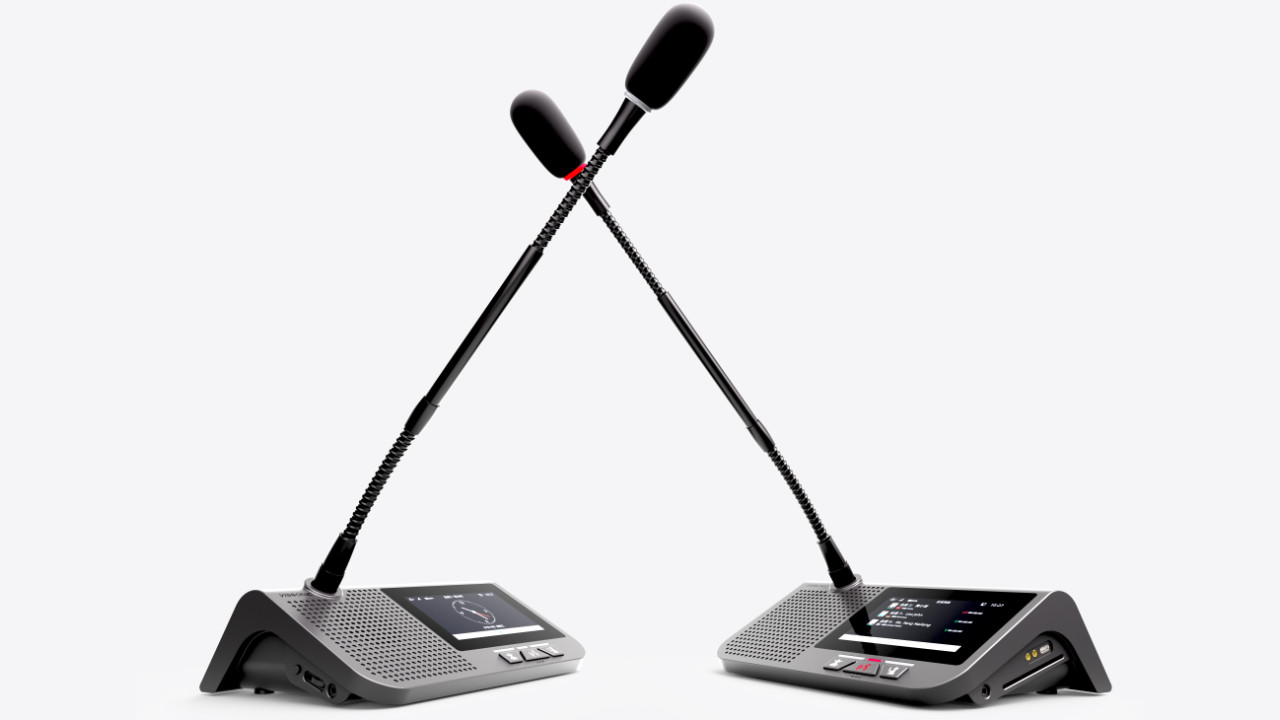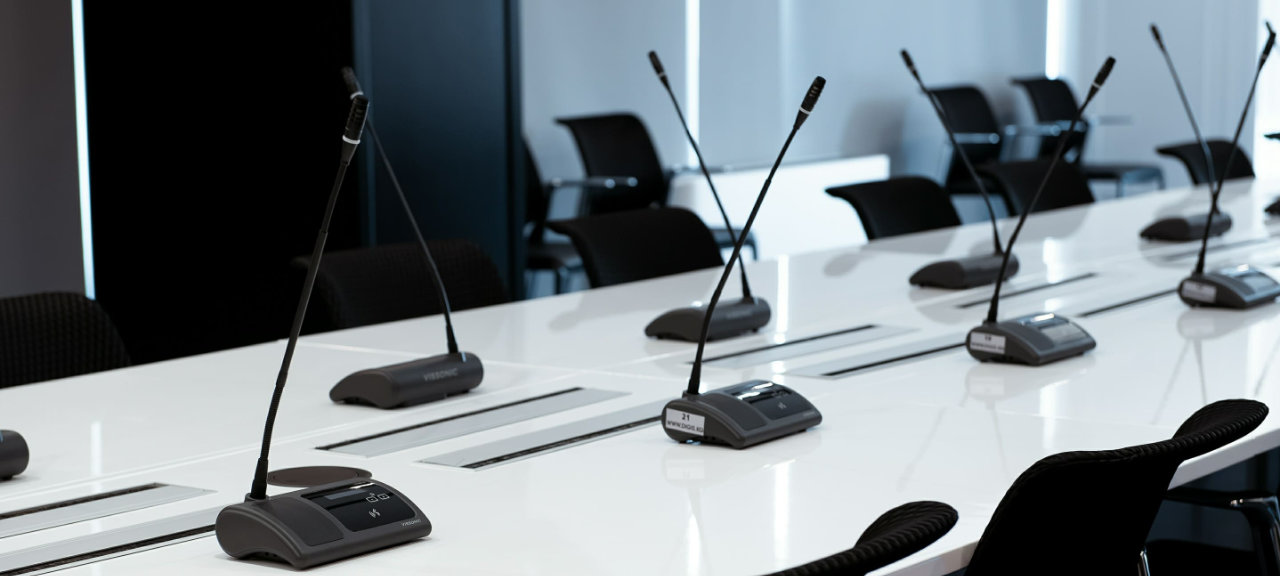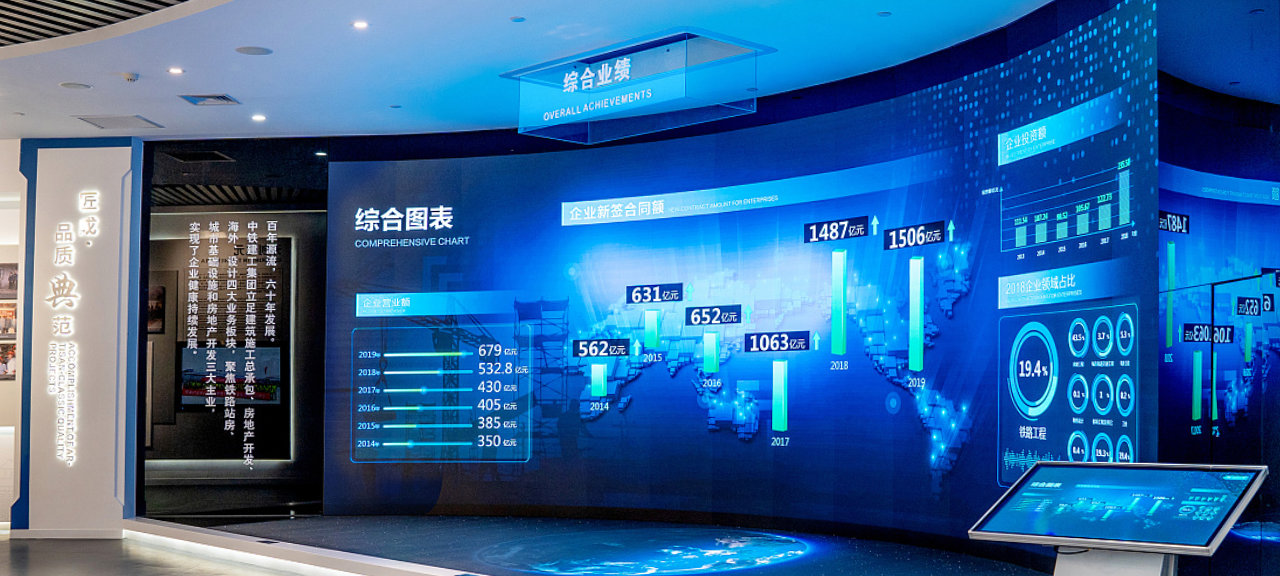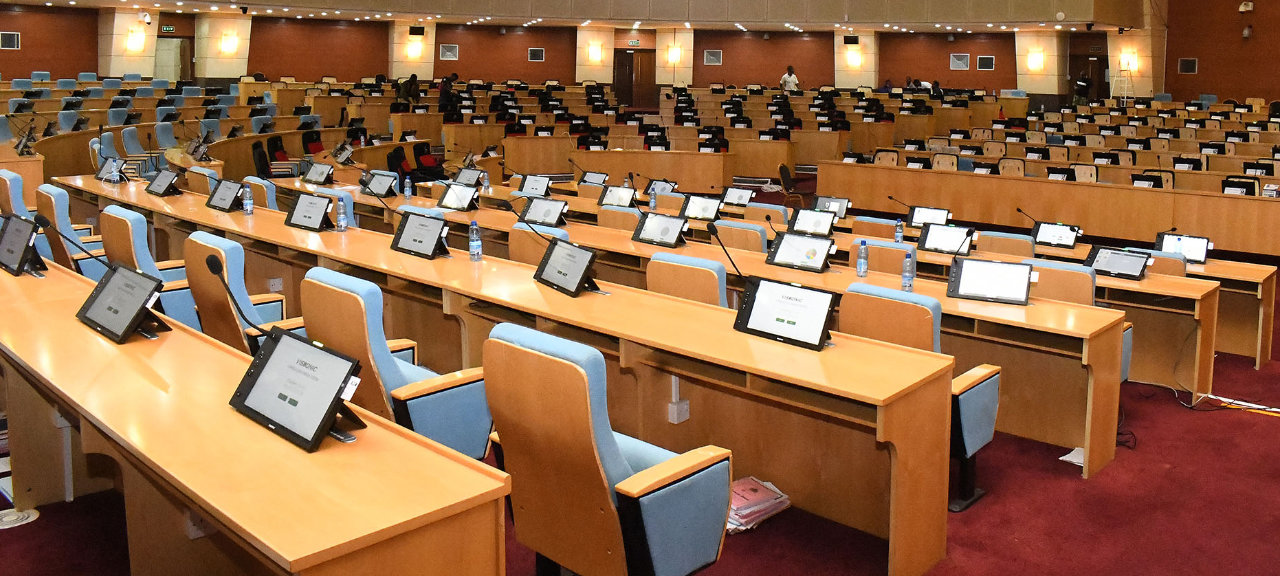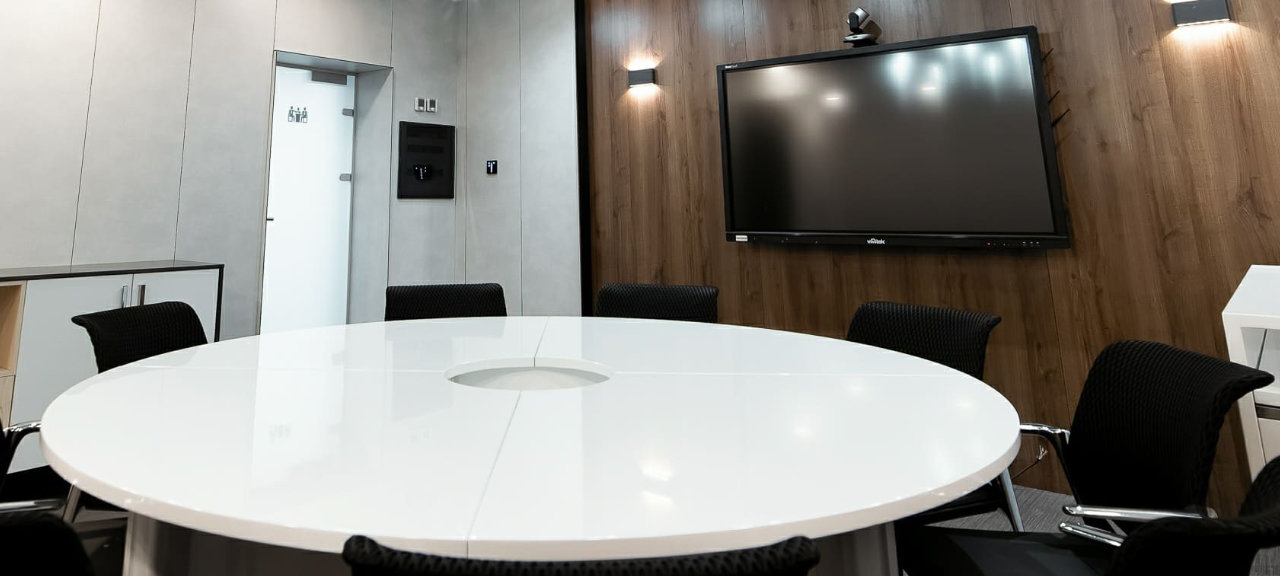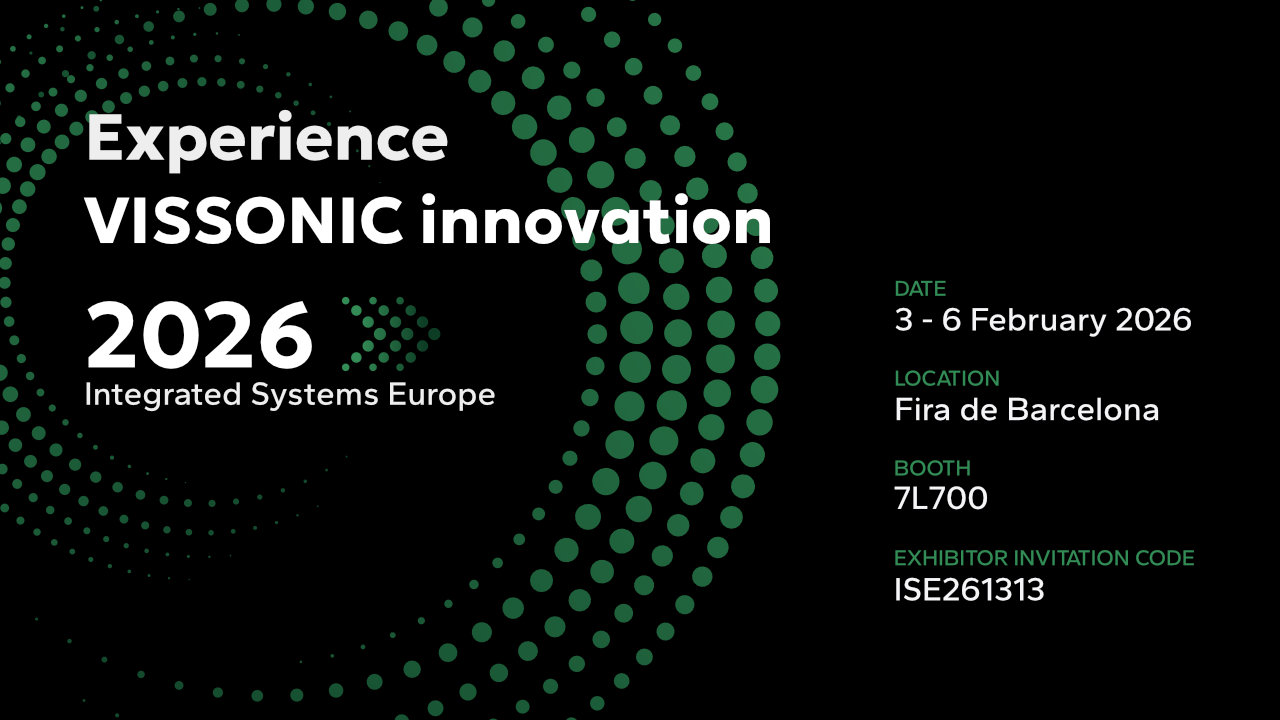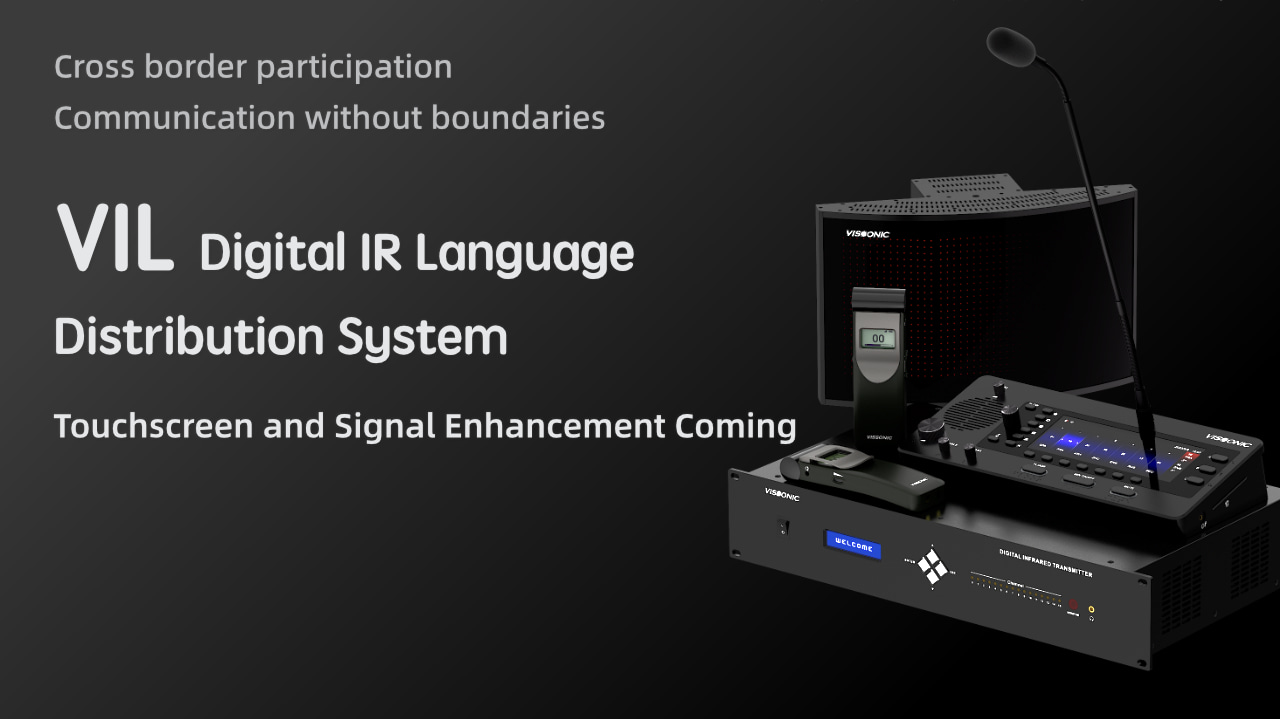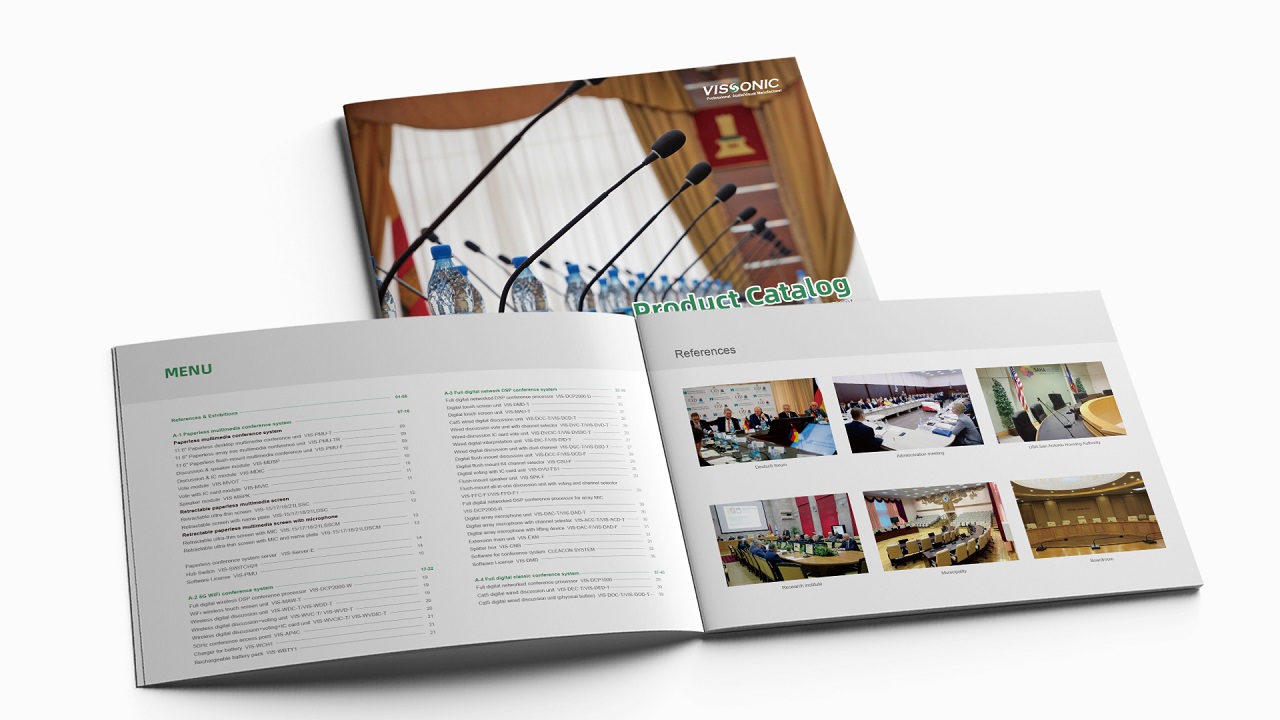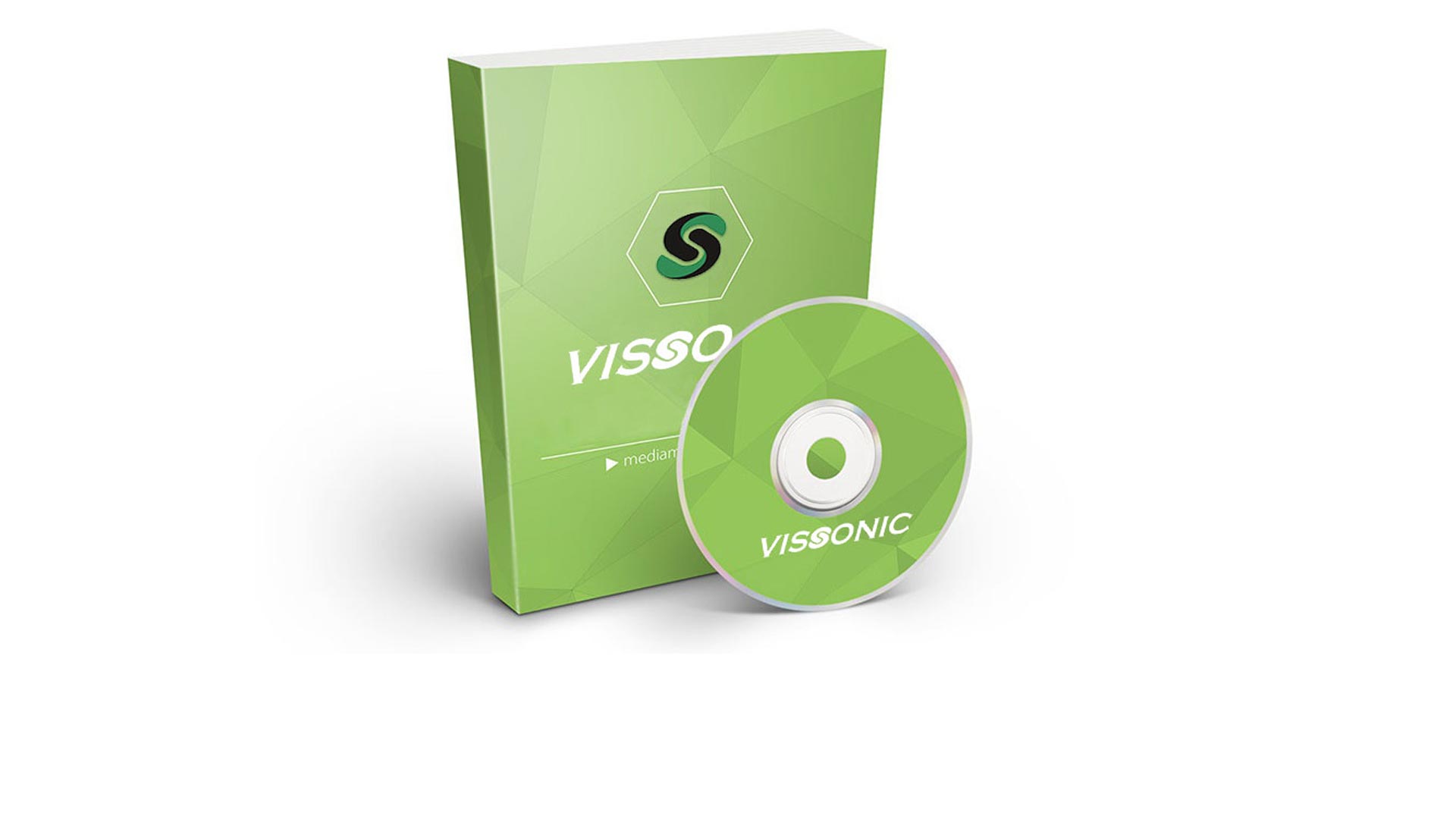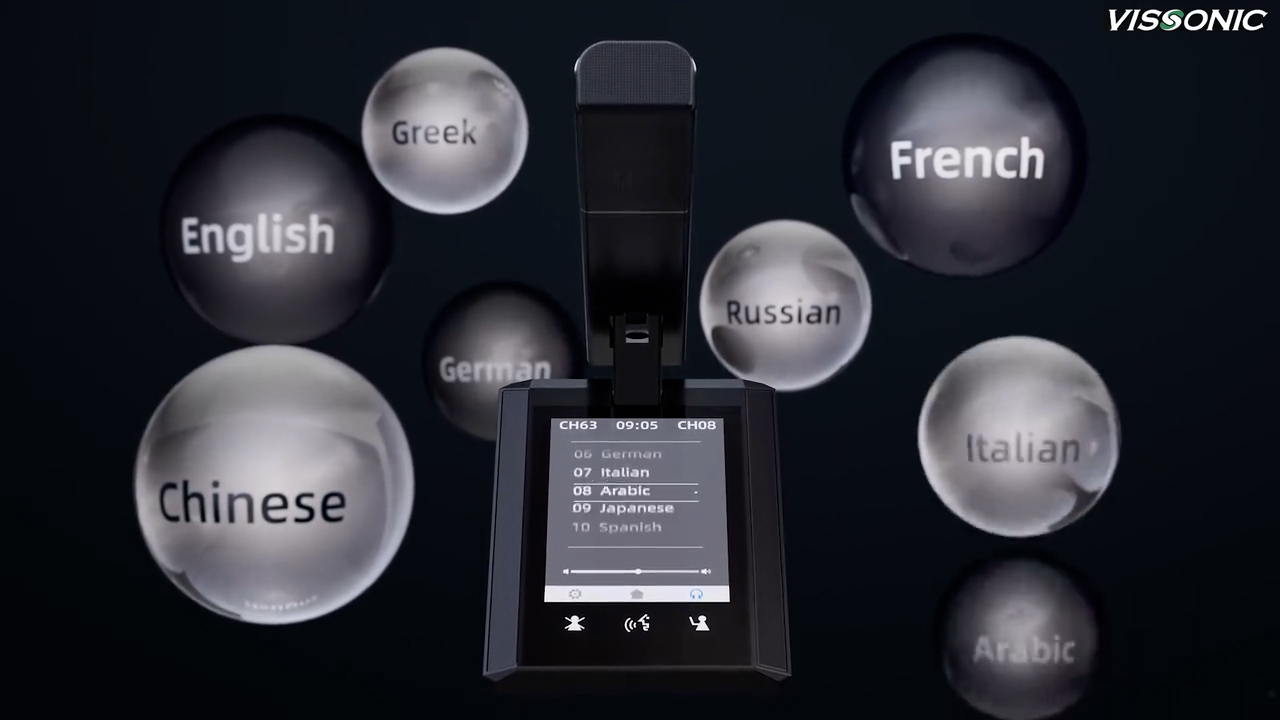Why Conference Microphone Systems Are Starting to Make a Splash
If you're looking for a conference microphone system (also known as a one-touch microphone, discussion or meeting system) and aren't sure where to start, then you've come to the right place. In order to get all your messages across over long distances or with large audiences, using the right equipment is decisive.
In simple terms, a conference microphone system is an audio device that enables conference participants to hear and be heard by each other.
Imagine a city council of 20 people sitting around a table with an additional audience of 100 watching. For a group of this size, passing microphones between speakers would be impractical ---- it would slow things down to the point of confusion. This is where a conference microphone system comes in handy.
Microphone system advantages
Accessibility
Makes it easier for a wider group of speakers to participate in a meeting and allows a larger audience to follow the proceedings (either as a passive listener or via a recording afterwards).
Saves meeting time
Eliminates the need for speakers to constantly change microphones, as each speaker has a personal microphone. This avoids wasting unnecessary time fumbling for microphones between speakers. It is always clear who is speaking, as each microphone has a light that comes on when it is switched on.
Support for language translation
For multilingual groups, conference microphone systems are often used in conjunction with simultaneous interpretation equipment. The individual microphones allow the full room message to be sent directly to the interpreter so that he/she has a clear audio signal for translation.
Improving the meeting process
The system's mute, volume and voting controls allow the chairperson to discreetly control the meeting, identify participants and call commands when necessary.

Key terminology
A number of terms are essential to understanding these systems.
Chair/Chairperson Unit
This is the person who chairs the meeting. He/she can identify speakers, remind them when their time is up and organise voting. For this reason, the chairperson has a special microphone called the chairperson's unit, with additional features such as muting speaker priority to guide the discussion.
Delegate/representative Unit
Refers to all participants in the meeting other than the chair. Each delegate has his or her own microphone, called a delegate unit.
Central Control Unit
This is the central unit that controls all the individual microphone units. It also mixes microphone synopses, distributes target language synopses and provides support for the voting function. Some central units also have a built-in recording function.
Target Language
The language used by each delegate to listen to the presentation. It can also be called a translation synopsis. When the audience is sufficiently diverse that multiple target languages are required, this can be provided by using multiple interpreters from the same system. The rest of the interpreting process remains the same.
Simultaneous Interpretation
A type of translation in which the interpreter listens to a live broadcast through headphones while translating the spoken word into the target language in real time. This is a demanding job.
Considerations for purchase
●Ease of use: These systems are designed to make your meetings more efficient, so the equipment must be easy for participants to use. It's no use investing in equipment if the participants can't use it! It is therefore vital that the controls are immediately understood by users.
●Number of participants: The number of users must be known in order to select the correct number of representative microphone units. Most CCUs can accommodate 80-120 delegate units, so in the case of very large groups, the number of users will affect the number of central control units required.
●Signal quality: Older model systems used analogue audio signals, but most modern systems have been digitised for improved audio quality, lighter weight and more signal processing and recording options.
●Location: The location of your event will determine whether you need a wired or wireless system. If you are using infrared interpretation equipment, it is also important to maintain line of sight between the transmitter and receiver, as infrared signals cannot penetrate walls.
●Advanced features: Conference microphone systems are becoming more and more advanced with special features, so consider whether you need voting and parliamentary procedure functions, recording functions, etc.
VISSONIC offers a comprehensive range of customised audio conferencing solutions. Our wireless microphones, simultaneous translation systems, conferencing systems and matrix switchers can be combined to help you solve your online and offline meetings. Feel free to contact us to get cooperation.

